21 August 2019
By portermathewsblog
via domain.com.au
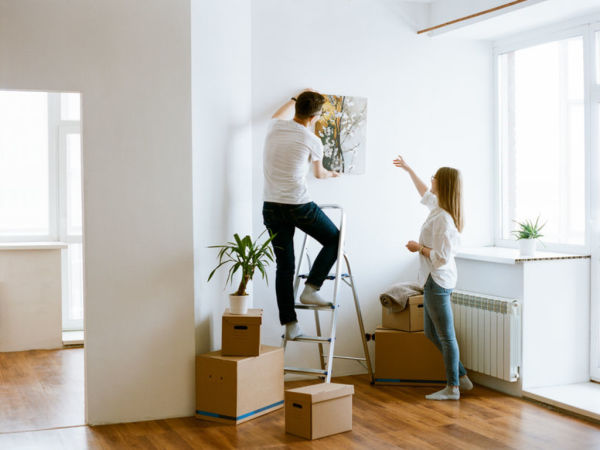
I’ve learnt a few lessons and gleaned good advice from colleagues. Photo: Stocksy
After almost a decade in the same house, I’d forgotten how painful it can be to move.
The sort, the pack, the kids circling around your feet – and, in our case, a stressed cat who marked his territory somewhere but smelt like everywhere – and clearing the last of the household dross before a manic clean.
We would have loved to have outsourced every aspect of the move but budget constraints came into play so we were forced to take on the task ourselves.
In a few months we have to do it again, and this time we’re going to do things differently. I’ve learnt a few lessons and have gleaned good advice from colleagues. This is what we’ve learnt:
1. Hire movers (or rope in friends with beers and pizza) early
We found many of our preferred moving companies were already booked. What’s more, you need to research their costs and reputation. Ours charged on an hourly rate, but once the big hand crossed from 10am we were pinged for the full 60 minutes’ labour.
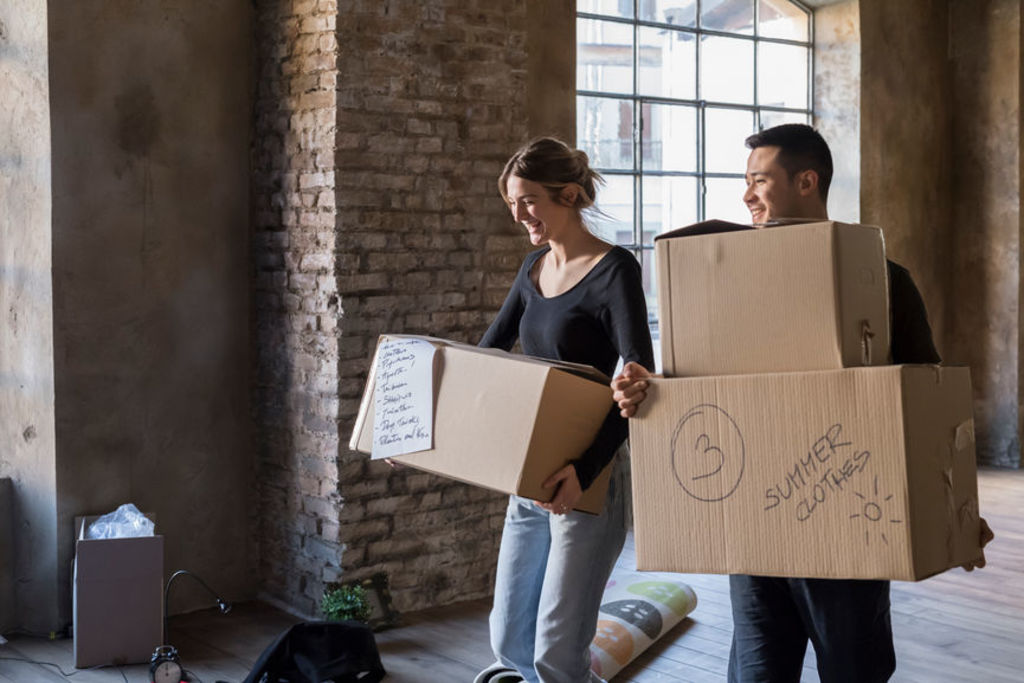 Gather a packing kit early. This includes tape, plenty of boxes and permanent markers. Photo: Stocksy
Gather a packing kit early. This includes tape, plenty of boxes and permanent markers. Photo: Stocksy
2. Change your address details in advance
Contact insurers, the bank, the council and so on. Embrace Australia Post’s mail forwarding service, which will notify some parties like banks, energy and phone providers.
3. Assemble your packing kit
Hoard boxes in many sizes. We were lucky to have a friend who’d recently moved, but also try supermarkets and liquor stores which often have spare boxes available. Cheap but large bags, the type you find at $2 shops, are great for soft big items such as linen, pillows, clothing and rugs.
You’ll also need packing tape, a tape dispenser (no one likes hunting for the start of the roll), bubblewrap or – just as good and more environmentally friendly – old newspapers for wrapping breakable and fragile items. We sorted out our linen cupboard fairly early on and found towels, pillow cases and flannels to be great items to wrap things like wine glasses and plates. Make sure you have a few permanent markers to label boxes.
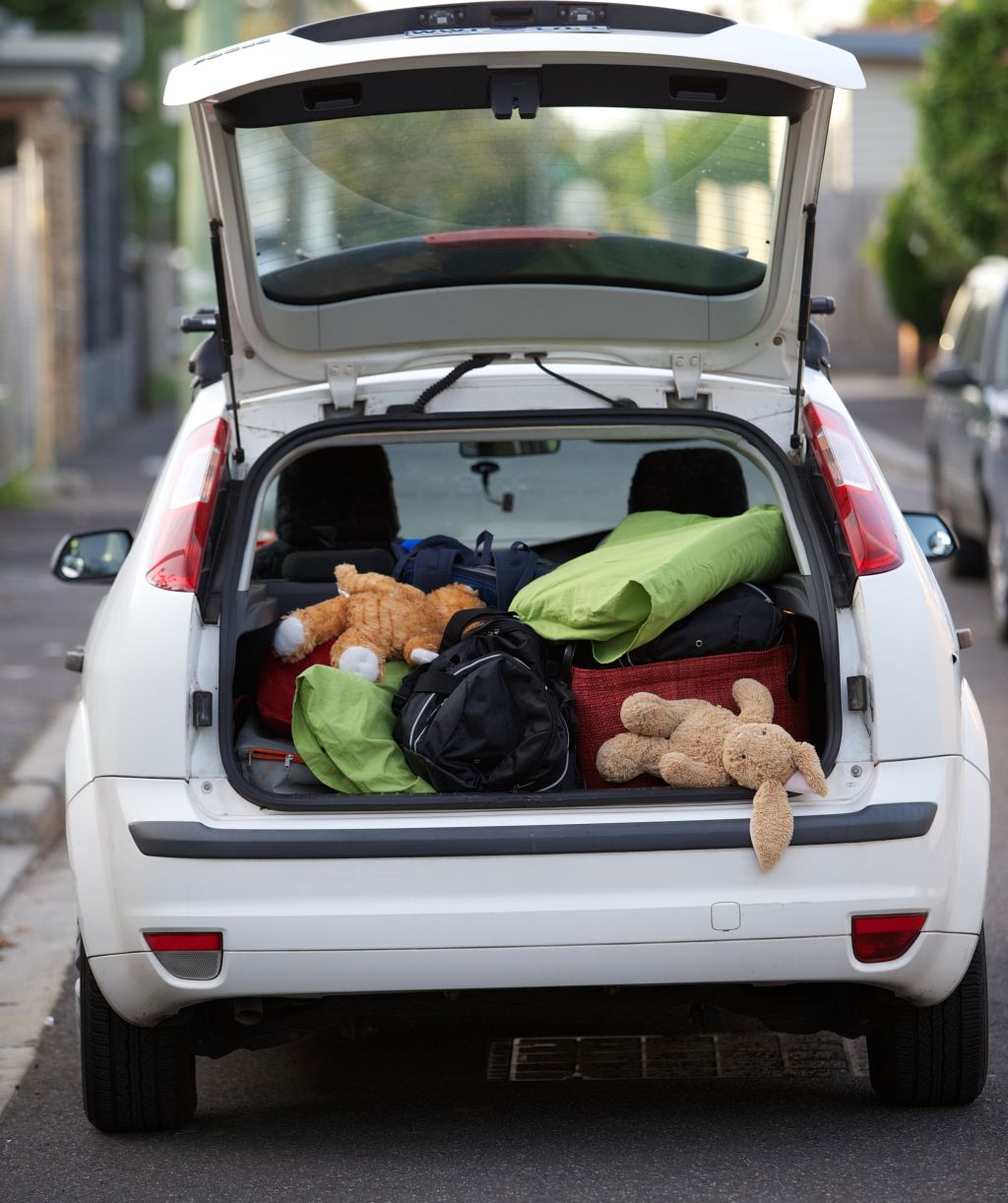 Hire movers (or rope in friends with beers and pizza) early. Photo: Jason South
Hire movers (or rope in friends with beers and pizza) early. Photo: Jason South
4. Marie Kondo the hell out of your home
Tackle packing and sorting your belongings with this room-by-room approach almost the moment the house contract is signed. Even if you pack just one box a day during this process, that will ease the pressure on moving day. This is the perfect time to donate or sell that chest of drawers, and rid yourself of excess kitchen equipment or unwanted clothing.
Start with things you don’t really need on a day-to-day basis. Books and trinkets can be packed early. And you’ll be surprised how little your kids will miss their toys.
Tackle the kitchen at the beginning. How many wine glasses, mugs, utensils and cooking gadgets do you really need? Think like a motel owner and leave the bare minimum to make your meals for the next few weeks.
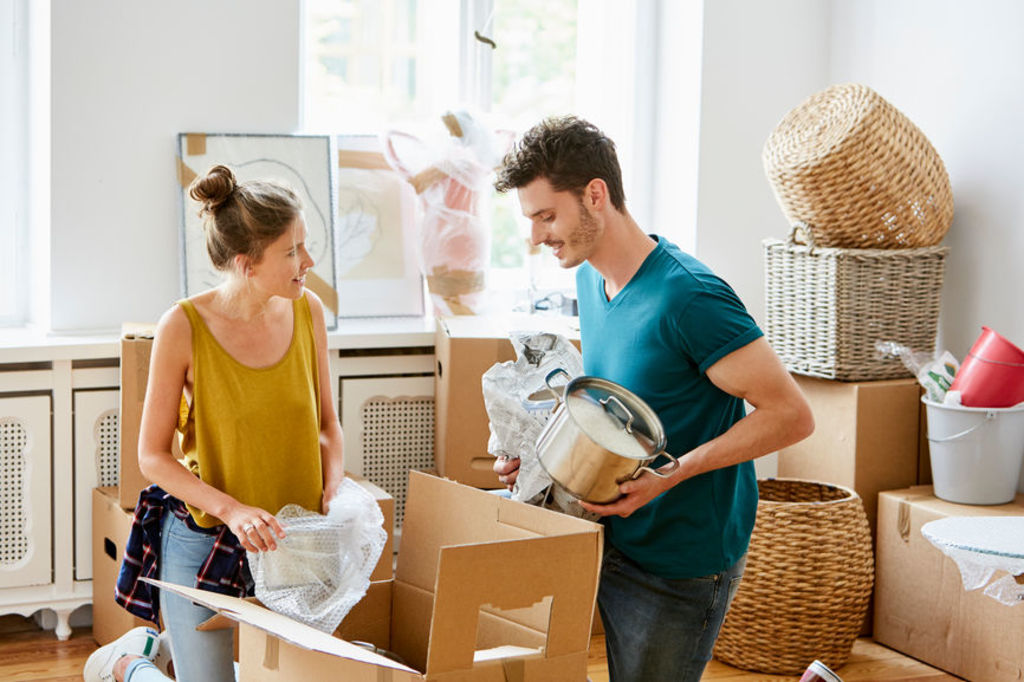 Start organising and packing your home room-by-room almost the moment the house contract is signed. Photo: Stocksy
Start organising and packing your home room-by-room almost the moment the house contract is signed. Photo: Stocksy
5. Colour-code the boxes relating to your rooms
If only we had done this, it would have made things so much easier to find our iron, hair dryer and Alexa – they are still missing …
6. Remove boxes immediately
If there is space, perhaps in a secure garage or basement, start placing the packed boxes away. This clears the house, and stops the urge to break into them to hunt for something later. If this isn’t an option, pack a full room or clear a large space where boxes can be left untouched.
7. Clean as you pack
Vacuum behind the beds, and give the doors and cupboards a wipe down – this will save time and effort on moving day.
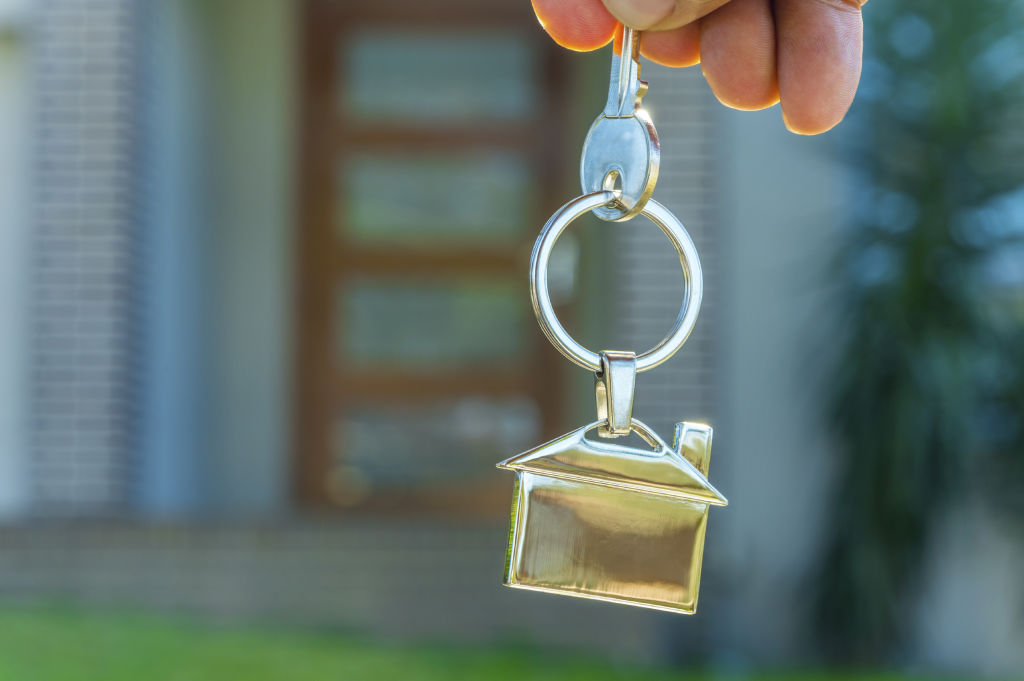 Always designate a special place for your house keys. Photo: iStock
Always designate a special place for your house keys. Photo: iStock
8. Pay someone to clean the oven
If your budget stretches to any outsourcing, let it be for this. Cleaning the oven is a crappy job at the best of times, let alone at one of the most stressful. I can think of little worse than wiping oven cleaner and scrubbing metal racks on the evening we left. Awful.
9. Eat your way out of your home
Refrain from big grocery shops in the weeks leading up to your move. Try to use whatever you’ve got on hand, which will make the move (plus the cleaning of the fridge, freezer and pantry) all that much easier.
10. Stuff, seal and shut drawers
There’s no need to empty your clothing drawers. Get as much in them as possible, then simply seal them shut and ship them off.
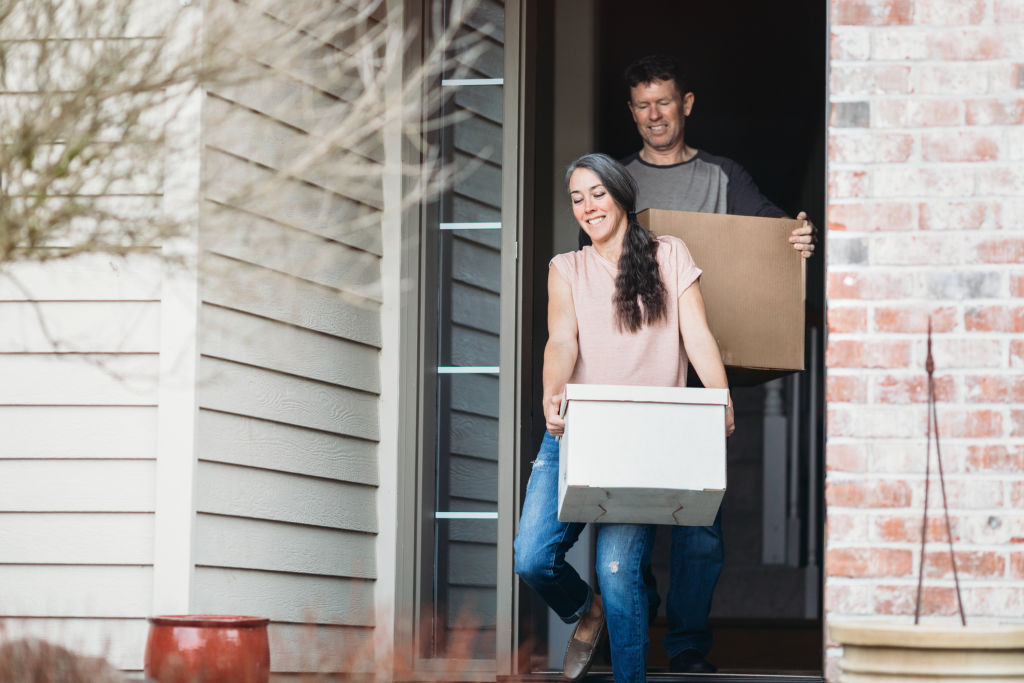 Boxes with lids are great for those essentials you’ll need on the first night at your new home including toiletries, breakfast for the next day and tea and coffee. Photo: iStock
Boxes with lids are great for those essentials you’ll need on the first night at your new home including toiletries, breakfast for the next day and tea and coffee. Photo: iStock
11. Avoid an electrical assemblage nightmare
Place electrics in their own separate box. Take a picture before disassembling these items to see how the now-jumbled cords should be plugged in when you arrive at your new abode. Clear, resealable sandwich bags are great for screws and small parts that will be needed later.
12. Pack ‘the next day’ essentials
Invest in some large clear boxes with lids. These are great for those essentials you’ll need on the first night at your new home including toiletries, breakfast for the next day and tea and coffee. It’s a good idea to include two changes of clothing for you and the family, one work outfit and the school uniforms (including shoes), bedding for your first night, some towels and details of a good takeaway joint – cooking is going to be the last thing on your mind.
13. Make a place for your keys
And be vigilant about putting them back there during the shift. My set ended up in my son’s school bag.
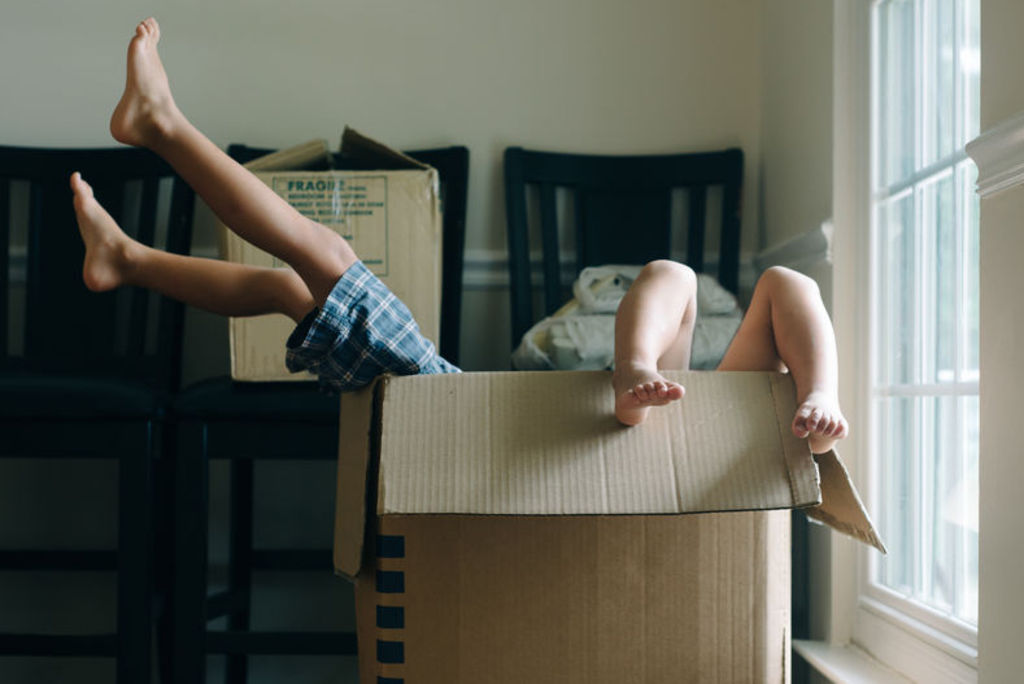 If you can, hire a babysitter. Photo: Stocksy
If you can, hire a babysitter. Photo: Stocksy
14. Hire a babysitter
If that’s not an option, ask friends and family to mind the kids on the day of the move. We are forever grateful to our friends who took our young children for this stressful day.
15. Leave cleaning equipment and supplies somewhere handy
You’ll need them on shifting day and at your new house – we now have two of everything.
Comments (0)
14 August 2019
By portermathewsblog
via domain.com.au
It’s tax time and that means many Australians are finding a bit of extra cash in their bank accounts. Whether you’re planning some DIY projects or using it to inject some style into your home, here are some tips for getting more bang for your buck.
While it’s no secret that investing in good quality homewares is worth it in the long run, what are some cost-effective ways to make a major style update in the home?
Lead interior designer at Porter Davis Homes Victoria Patrizia Romeo says investing in a mature indoor plant is a great way to instantly change the look of a space.
“Investing in a taller, more mature plant can be a great way to add a focal point within the space,” she says.
“Different areas of the home will provide different conditions for your plants, so make sure you research the needs of the plant you want to buy. This will ensure that your investment will, literally, grow over time.”
 If you are looking at making subtle changes to your home, consider adding house plants. Photo: Porter Davis
If you are looking at making subtle changes to your home, consider adding house plants. Photo: Porter Davis
The bedroom is your sanctuary, so investing in bedding is a no-brainer. Romeo says choosing a natural colour tone is best for making the most of your money.
“Natural fabrics such as linen, bamboo and silk are great to use, they’re durable,” she says. “Pairing these with feature cushions and chunkier statement throws is a great way to add layers within the room.”
Garden expert Bonnie Grants says now is a good time to get out in the garden and prepare for spring, and you can’t go wrong spending your tax dollars “exploring what your green thumb can do”.
“Planting now and prepping the soil, spending money on trees, grass and fertilisers is the best way to set yourself up for spring,” she says. “There’s nothing you can do to your garden that won’t be worth the money in the long run.”
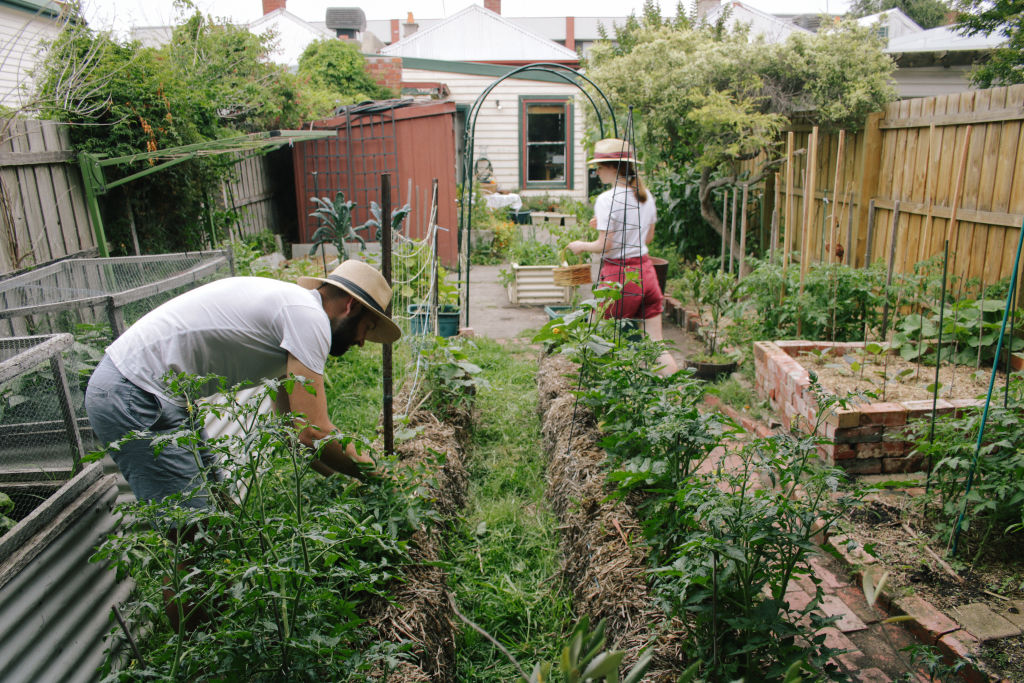 Topping up your garden shed now means you’ll be ready for spring.
Topping up your garden shed now means you’ll be ready for spring.
When it comes to what to plant, flowers with bright colours are always a winner.
“I love the Alyssum flower because it’s such a good insect attractor and it can withstand just about any climate, so you’re not risking much planting it while it’s still cold,” says Grants. “It’s also unusually small so it can be planted anywhere, even in veggie patches or in planter boxes.”
Getting the garden furniture sorted out before spring sets in minimises the risk of any surprise damages.
“At the very least take a look at your garden furniture see if anything needs replacing, and make the most of the end-of-financial-year sales,” says Grants. “It’s also the perfect time to spend a little extra on gardening tools. Plus, pruning is best done at the end of winter, so you’ll need some good gear.”
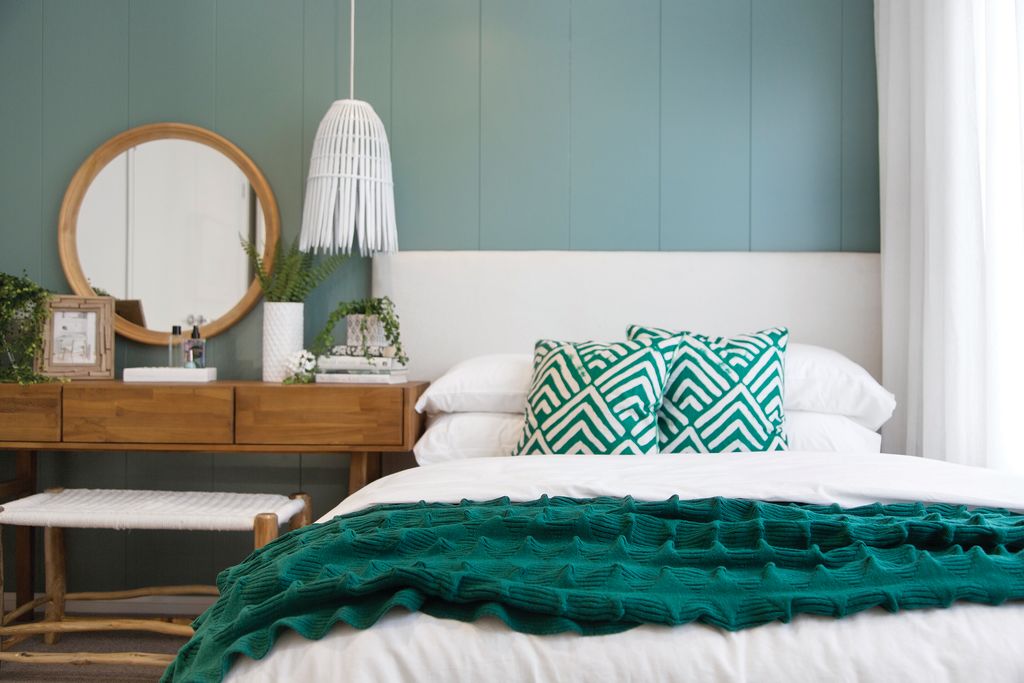 Utilise different colours and textures to create an inviting and peaceful atmosphere. Photo: Porter Davis
Utilise different colours and textures to create an inviting and peaceful atmosphere. Photo: Porter Davis
The old saying you get what you pay for applies to homewares too, so putting your tax return towards something with a higher price point than you normally would is something to consider. Romeo says a sofa is a big ticket item that shouldn’t be passed up for a cheaper alternative, but it’s also important to think about your lifestyle when choosing one.
“Leather is more durable but can be costly and a white sofa may look great, but it’s unforgiving when it comes to children’s messy fingers,” she says. “Stick to neutral tones and a sofa which suits your style and can adapt to changing trends.”
Comments (0)